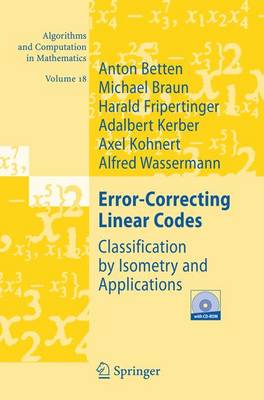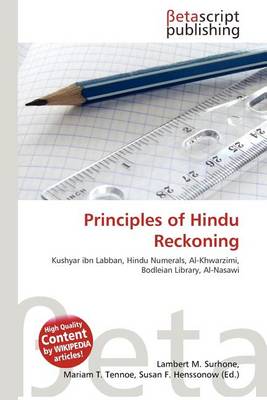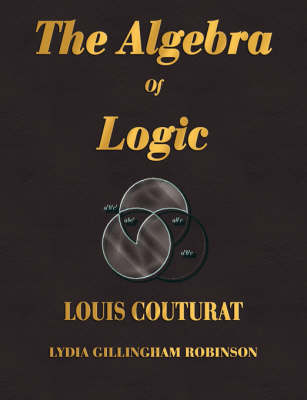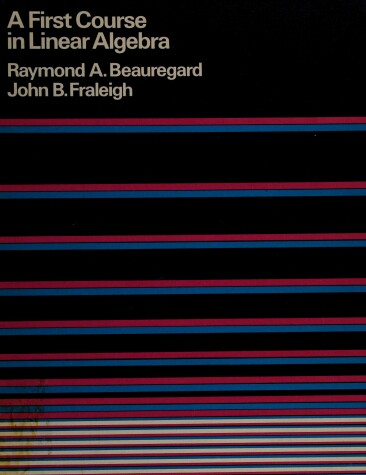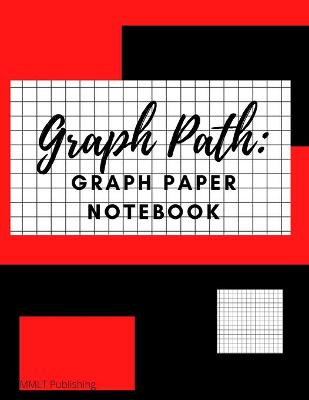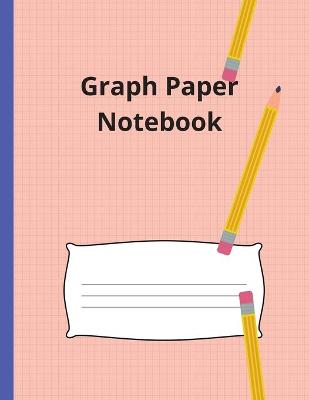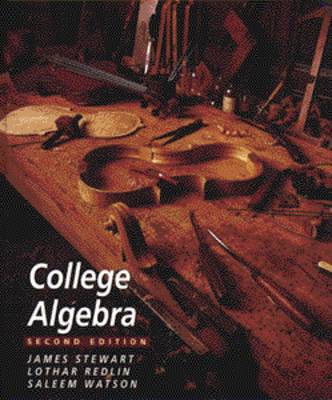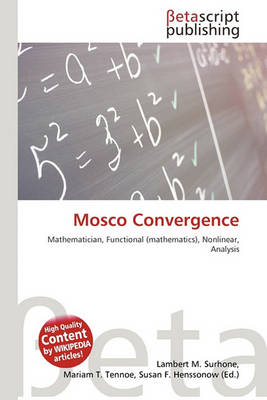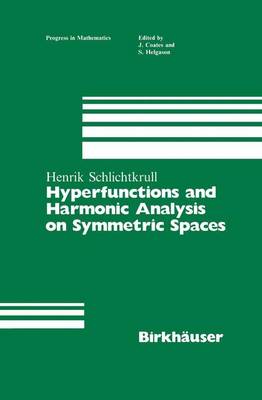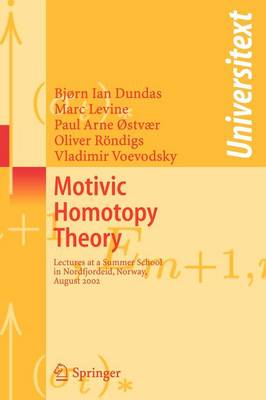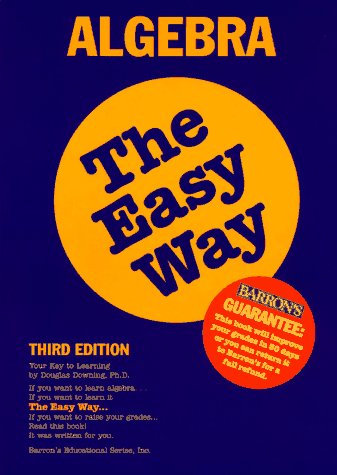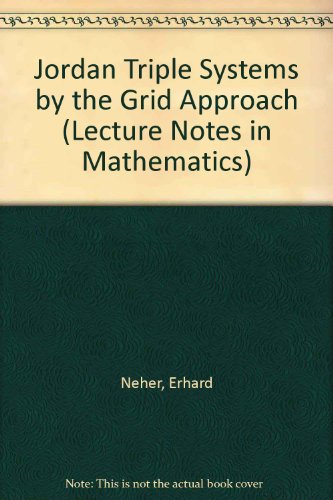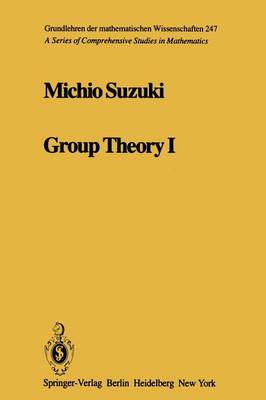Error-Correcting Linear Codes (Algorithms and Computation in Mathematics, #18)
by Anton Betten, Michael Braun, Harald Fripertinger, Adalbert Kerber, Axel Kohnert, and Alfred Wassermann
This text offers an introduction to error-correcting linear codes for researchers and graduate students in mathematics, computer science and engineering. The book differs from other standard texts in its emphasis on the classification of codes by means of isometry classes. The relevant algebraic are developed rigorously. Cyclic codes are discussed in great detail. In the last four chapters these isometry classes are enumerated, and representatives are constructed algorithmically.
Lezioni Sulla Teoria Dei Gruppi Di Sostituzioni E Delle Equazioni Algebriche Secondo Galois (Classic Reprint)
by Luigi Bianchi
Intermediate Algebra Value Pack (Includes CD Lecture Series & Student Solutions Manual )
by Elayn Martin-Gay
A Primer of Subquasivariety Lattices (CMS/CAIMS Books in Mathematics, #3)
by Kira Adaricheva, Jennifer Hyndman, J. B. Nation, and Joy Nishida
This book addresses Birkhoff and Mal'cev's problem of describing subquasivariety lattices. The text begins by developing the basics of atomic theories and implicational theories in languages that may, or may not, contain equality. Subquasivariety lattices are represented as lattices of closed algebraic subsets of a lattice with operators, which yields new restrictions on the equaclosure operator. As an application of this new approach, it is shown that completely distributive lattices with a dua...
Cengage Advantage Books: Intermediate Algebra: Class Test Edition
by Laura Bracken and Ed Miller
Jim Stewart, author of the worldwide, best-selling Calculus, Third Edition--along with two of his former Ph.D. students, Lothar Redlin and Saleem Watson--collaborated in writing this text to address a problem the frequently saw in their calculus courses: many students were not prepared to "think mathematically" but attempted instead to memorize facts and mimic examples. College Algebra was written specifically to help students learn to think mathematically and to develop true problem-solving ski...
Hyperfunctions and Harmonic Analysis on Symmetric Spaces (Progress in Mathematics, #49)
by Henrik Schlichtkrull
This book gives an introductory exposition of the theory of hyperfunctions and regular singularities. This first English introduction to hyperfunctions brings readers to the forefront of research in the theory of harmonic analysis on symmetric spaces. A substantial bibliography is also included. This volume is based on a paper which was awarded the 1983 University of Copenhagen Gold Medal Prize.
Video Guide for Intermediate Algebra
by Marvin L Bittinger and David J Ellenbogen
Motivic Homotopy Theory (Universitext)
by Bjorn Ian Dundas, Marc Levine, P.A. Ostvaer, Oliver Roendigs, and Vladimir Voevodsky
This book is based on lectures given at a summer school on motivic homotopy theory at the Sophus Lie Centre in Nordfjordeid, Norway, in August 2002. Aimed at graduate students in algebraic topology and algebraic geometry, it contains background material from both of these fields, as well as the foundations of motivic homotopy theory. It will serve as a good introduction as well as a convenient reference for a broad group of mathematicians to this important and fascinating new subject. Vladimir V...
This book tells of the adventures that took place in the faraway land of Carmorra. During the course of the adventures, we discovered algebra. This book covers the topics that are covered in high school algebra courses. However, it is not written as a conventional mathematics book. It is written as an adventure novel. None of the characters in the story know algebra at the beginning of the book. However, like you, they will learn it.
Jordan Triple Systems by the Grid Approach (Lecture Notes in Mathematics, #1280)
by Erhard Neher
Grids are special families of tripotents in Jordan triple systems. This research monograph presents a theory of grids including their classification and coordinization of their cover. Among the applications given are - classification of simple Jordan triple systems covered by a grid, reproving and extending most of the known classification theorems for Jordan algebras and Jordan pairs - a Jordan-theoretic interpretation of the geometry of the 27 lines on a cubic surface - structure theories for...
